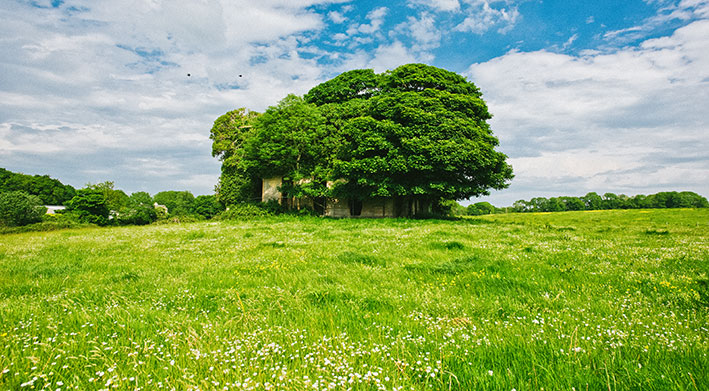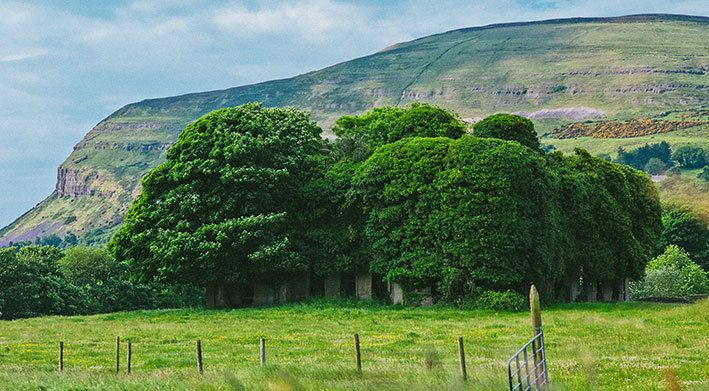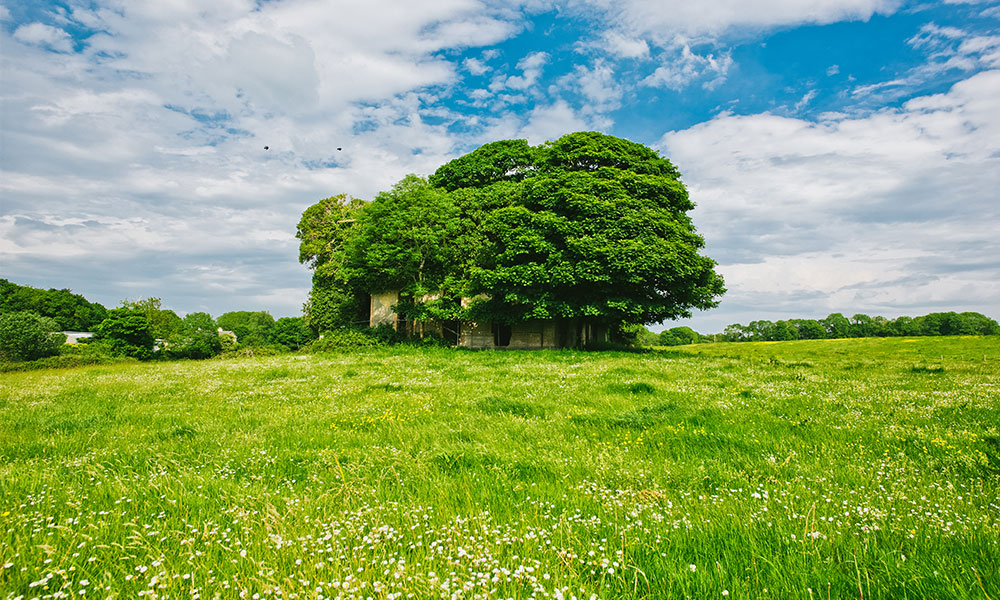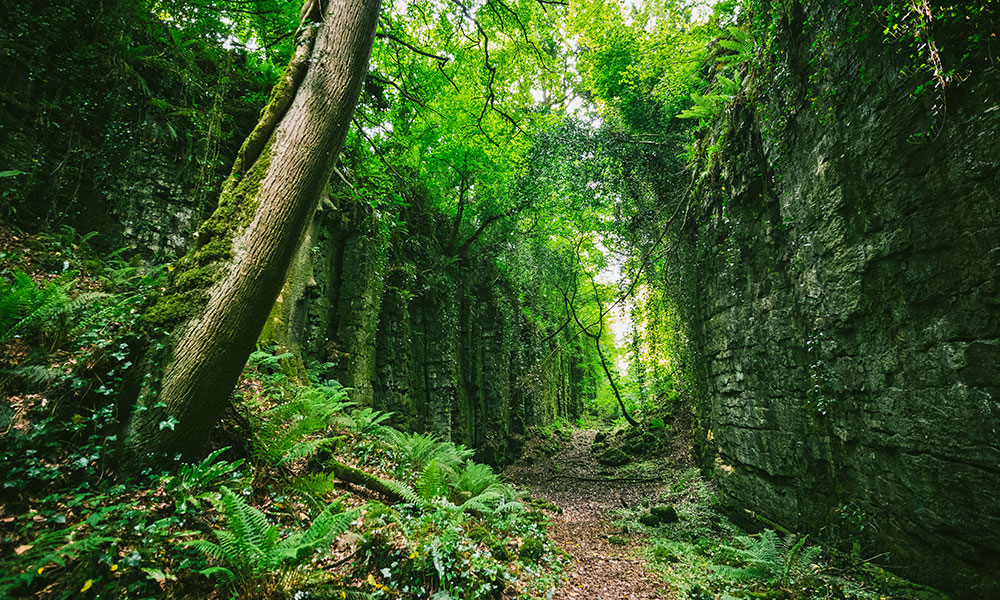OVERVIEW
The ruins of Lisheen House stand on the outskirts of Strandhill, overlooking the splendid Ballysadare Bay.
William Phibbs, who had inherited estates totalling a few thousand acres in Coolera and throughout the county, was a man of considerable wealth. Not long after acquiring his inheritance, he decided to build a residence which would reflect the family’s opulence and rival, if not surpass, other manor houses of the county.
The site chosen was the rising ground approximately two hundred yards south of the old house, in the townland of Lisheen. In gaelic, Lisheen means “the little fort.” The full place name Lisheenacooravan means “the little fort on the white level plain.”















